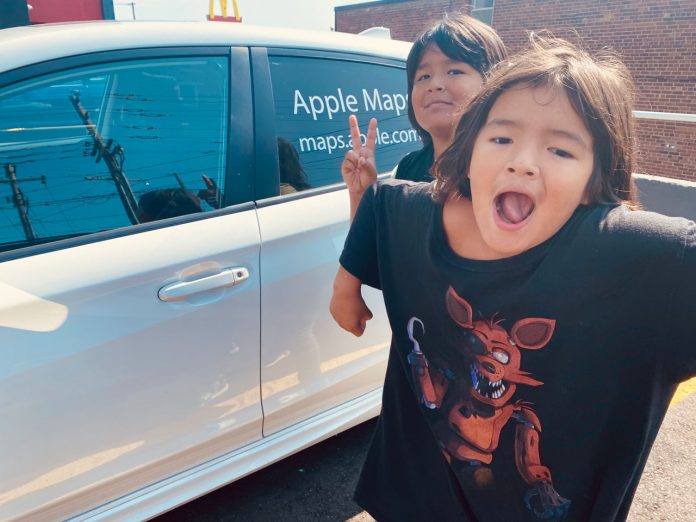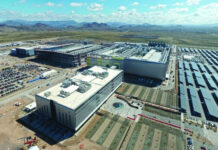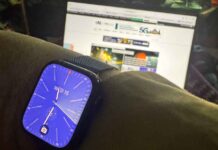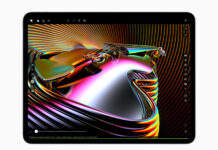Mapping Our World: The Magic Behind Apple Maps
Smile Northwestern Ontario, Apple Maps is out capturing the region.
Apple Maps, since its inception in 2012, has revolutionized the way we navigate our physical world, continually enhancing its functionality with remarkable technology. The application not only provides direction but also layers on rich, contextual information to create an immersive, virtual reflection of our planet. But how does it work, and how are the images captured?
Apple Maps: An Overview
Apple Maps is a digital map application developed by Apple for its iOS, iPadOS, watchOS, and macOS systems. It offers navigation, turn-by-turn spoken directions, interactive 3D views, and the Flyover feature that allows users to explore cities in a high-resolution, interactive 3D landscape.
A map service like Apple Maps is not created in a vacuum. It requires a broad blend of data sources, including satellite imagery, GPS data, street view images, and manual data input.
The Image Gathering Process
Apple utilizes a multi-faceted approach to image capturing that employs both aerial and ground-level data collection.
Satellite Imagery
Satellite images form the backbone of the map. Apple purchases imagery from various satellite companies, providing a global view of the earth’s surface. This imagery forms the base layer upon which additional data is overlaid.
Ground-Level Data Collection
Apple Maps uses specially equipped vehicles to collect ground-level images and data. These vehicles, decked out with advanced technology, including LiDAR (Light Detection and Ranging) sensors and high-resolution cameras, drive around cities and towns capturing 360-degree street view imagery and other data.
The LiDAR technology works by emitting rapid pulses of laser light at a surface and then measuring the time it takes for each pulse to bounce back. By calculating these distances, a highly accurate 3D model of the environment can be produced.
Moreover, the cameras on these vehicles capture high-resolution imagery, which is later stitched together to create the street-level view we see on Apple Maps. This data collection process can reveal incredible details, such as the texture of buildings, street names, business names, and other elements that add depth and context to the map.
Data Processing and Machine Learning
Once the images are collected, the processing begins. Apple uses machine learning algorithms to analyze and interpret the vast amounts of data captured. These algorithms identify specific elements within the imagery, such as street signs, buildings, landmarks, roads, etc., and translate this data into meaningful map features.
In addition, Apple uses differential privacy, a method that allows the company to glean useful information from a large volume of data while preserving individual users’ privacy. This is especially important for maintaining the privacy of user-generated data that contributes to enhancing the map’s accuracy.
The Magic of Flyover
One of Apple Maps’ most captivating features is Flyover, which lets users explore densely populated urban areas in 3D. Flyover combines high-resolution imagery with LiDAR data to create accurate, immersive 3D models of cities.
Regular Updates for Current Information
Apple continually updates its maps to ensure that the data remains current and accurate. This includes changes to roads, new buildings, and even seasonal changes to the environment. The frequency of these updates can vary by region and depends on several factors, including the availability of new satellite imagery and ground-level data collection schedules.
Conclusion
The process behind Apple Maps is a blend of cutting-edge technology, meticulous data collection, and sophisticated algorithms. From the combination of satellite imagery and ground-level data collection to the use of machine learning and privacy-preserved user-generated data, Apple has constructed a comprehensive and continuously evolving representation of our world. So the next time you pull up Apple Maps, remember that you’re not just looking at a map — you’re witnessing the convergence of technology and geography in the palm of your hand.







